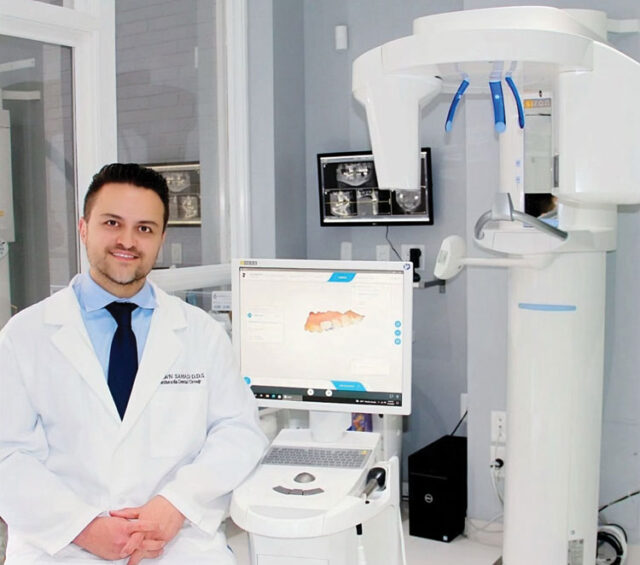
Bethesda Dental Group
7508 Wisconsin Avenue
Ground Level, Bethesda, MD
Bethesda, MD
The Bowie Dental Group
4373 Northview Drive
Bowie, MD
Laurel Pines Dental
14333 Laurel Bowie Road
Suite #100
Laurel, MD

More Dental Health Articles
Dental Implants: A Lifesaver For Tooth Loss and Oral Health

Losing a tooth can have more far-reaching consequences than just the gap in your smile. The specialized bony process that houses a tooth begins to reabsorb when a tooth is lost, leading to a decrease in bone width and height in the affected area. This can lead to several issues, including neighboring teeth shifting, food lodgment, decay, gum disease, and even abnormal forces on other teeth that can result in fractures, potentially necessitating root canal treatment or extraction. Furthermore, tooth loss can cause the cheeks and lips to sag, prematurely aging your appearance. However, the good news is that the consequences of tooth loss can be prevented with timely action.
When it comes to replacing lost teeth, dental implants are the number one choice. Dental implants are tiny titanium screws or posts that are surgically placed in the bone, acting like roots onto which small posts are attached, protruding through the gums to provide stable anchors for replacement teeth. These implants not only maintain bone height by stimulating it but also prevent the unnecessary trimming of adjacent teeth, which may be required for bridge placement. Since implants are made of titanium, there is no risk of decay. With regular professional cleaning and proper home care, implants can serve you for many years.
Many people who lose a single tooth consider fixed bridges, but this solution may require the cutting down of healthy, adjacent teeth. Additionally, bridges may need replacement multiple times during a lifetime due to issues like decay or gum problems affecting anchor teeth.
Another option for replacing missing teeth is removable partial dentures or complete dentures, depending on the number of teeth missing. However, dentures significantly reduce chewing efficiency, and the teeth that support partial dentures can weaken due to excessive loads, eventually leading to their loss. Dentures can also lead to tissue abrasion and bone loss, causing discomfort and embarrassment due to slipping or clicking sounds while eating or speaking.
Research indicates a failure rate of up to 30% within five to seven years for teeth adjacent to fixed bridges or removable partial dentures.
Dental implants are a suitable option for most people, including those with existing medical conditions like high blood pressure and diabetes, as well as those with a history of gum disease or decay. Even smokers can consider implants, though they might experience a lower success rate. Bone loss, a common issue for individuals with missing teeth or a history of periodontal disease, can be addressed with bone grafting, making implant placement safe and permanent.
The implant placement process typically involves two surgical appointments. During the first appointment, the implant site is prepared, the implant is placed, and the gum tissue is sutured over it. The implant takes four to six months to fuse with the bone. In the second appointment, the implant is uncovered, and a post for the replacement tooth is attached. An impression is taken and sent to a lab to create the implant crown. A temporary crown is placed during this period, and once the final crown is ready, it is cemented with permanent cement.
Other Articles You May Find of Interest...
- The Importance of Phase I Orthodontic Treatment for Children Aged 8-10
- Retainers in Riverdale, NY: Choosing the Best Option for Your Smile
- Discover Top-Quality Dental Care in Rockford IL
- Pregnancy & Hormonal Gingivitis: An Essential Guide
- Straighten Your Teeth, Improve Your Health
- Dental Implants For Edentulous Patients
- Dental X-Rays Explained: Procedures, Uses, And Frequency

















